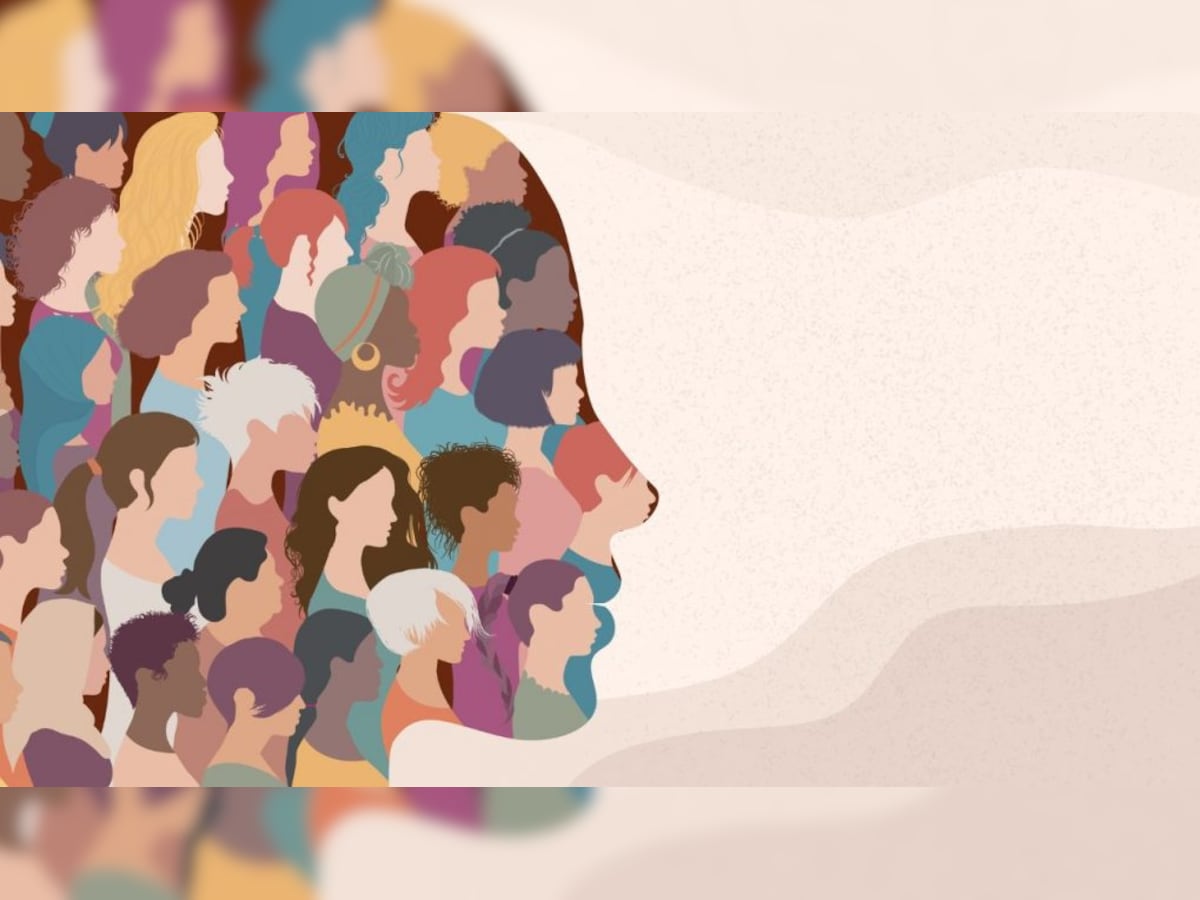From UPSC perspective, the following things are important :
Prelims level: Women’s Reservation Bill.
Mains level: policies and initiatives aimed at promoting gender equity and inclusion

Central Idea:
The article highlights India’s commitment to gender equity and equality, emphasizing initiatives taken by both the government and industry to advance women’s empowerment. It discusses key achievements, challenges, and the launch of the ‘Alliance for Global Good – Gender Equity and Equality’ to drive inclusive development globally.
Key Highlights:
- India’s dedication to equality and inclusion as pillars of development, evidenced by initiatives like the New Delhi Leaders’ Declaration and the Women’s Reservation Bill.
- Increase in female participation in various sectors, including politics, education, and entrepreneurship.
- Launch of the ‘Alliance for Global Good – Gender Equity and Equality’ at the World Economic Forum, aiming to accelerate socio-economic progress on a global scale.
- India’s leadership in areas such as ed-tech, healthcare, and entrepreneurship, reflected in the Alliance’s goals.
- The Alliance’s partnership with stakeholders like the CII, Ministry of Women and Child Development, and the Bill and Melinda Gates Foundation, along with support from the World Economic Forum.
Key Challenges:
- Addressing persistent gender disparities in various sectors despite progress.
- Ensuring effective implementation of policies and initiatives to promote gender equity.
- Overcoming societal and cultural barriers that hinder women’s advancement.
- Mobilizing resources and sustaining momentum for inclusive development efforts.
- Encouraging broader global participation and collaboration to drive meaningful change.
Main Terms:
- Gender equity: Fair treatment and opportunities for all genders.
- Gender equality: Equal rights, responsibilities, and opportunities for all genders.
- Women’s empowerment: Enhancing women’s ability to access resources and participate fully in society.
- Inclusive development: Economic growth that benefits all segments of society, including marginalized groups.
- Stakeholders: Individuals or organizations with an interest or concern in a particular issue or initiative.
Important Phrases:
- “Women-led development”: Development initiatives driven by and focused on women’s empowerment.
- “Mainstreaming gender equality”: Integrating gender considerations into all aspects of policymaking and development efforts.
- “Shared direction”: Collaborative approach towards addressing gender-related challenges and promoting inclusion.
- “Vasudhaiva Kutumbakam”: Indian philosophy emphasizing the interconnectedness of all beings and the world.
- “Sabka Saath, Sabka Prayaas, Sabka Vikaas”: Indian motto promoting inclusive development for all.
Quotes:
- “Equality and inclusion are the cornerstones of India’s development journey.”
- “The enthusiasm around the We-Lead Lounge… saw global interest and curiosity.”
- “India’s abiding commitment to ‘Vasudhaiva Kutumbakam – One Earth, One Family, One Future’.”
Anecdotes:
- Success stories in space exploration, sports, entrepreneurship, and UN peacekeeping operations highlight India’s achievements and influence.
- The We-Lead Lounge at Davos served as a platform for meaningful discussions on inclusive development.
Useful Statements:
- “The Alliance for Global Good – Gender Equity and Equality aims to drive collective actions to augment women empowerment.”
- “India’s leadership in areas such as ed-tech and healthcare makes it a key contributor to global development efforts.”
- “Industry has an opportunity to invest in proven programs and initiatives to advance gender inclusion in the workspace.”
Examples and References:
- Passage of the Women’s Reservation Bill and increased female labor force participation rates.
- Participation of over nine crore women in self-help groups in rural India.
- India’s digital prowess and leadership in healthcare, highlighted through initiatives like the Alliance for Global Good.
Facts and Data:
- Increase in India’s female labor force participation rate from 23.3% in 2017-18 to 37% in 2022-23.
- Allocation of nearly $27 billion under the gender budget in 2023-24.
- Female enrollment in STEM courses at 43%.
- Participation of over nine crore women in self-help groups in rural India.
Critical Analysis:
- The article showcases India’s progress in promoting gender equity but also acknowledges ongoing challenges.
- It emphasizes the importance of collaboration between government, industry, and other stakeholders to drive meaningful change.
- While highlighting achievements, it also recognizes the need for sustained efforts to address persistent gender disparities.
Way Forward:
- Strengthening implementation of policies and initiatives aimed at promoting gender equity and inclusion.
- Continued investment in programs and initiatives to support women’s empowerment across various sectors.
- Enhancing global collaboration and partnerships to drive inclusive development efforts.
- Addressing societal and cultural barriers through awareness campaigns and education.
- Monitoring and evaluation of progress to ensure accountability and sustainability in gender-related initiatives.
Get an IAS/IPS ranker as your 1: 1 personal mentor for UPSC 2024
